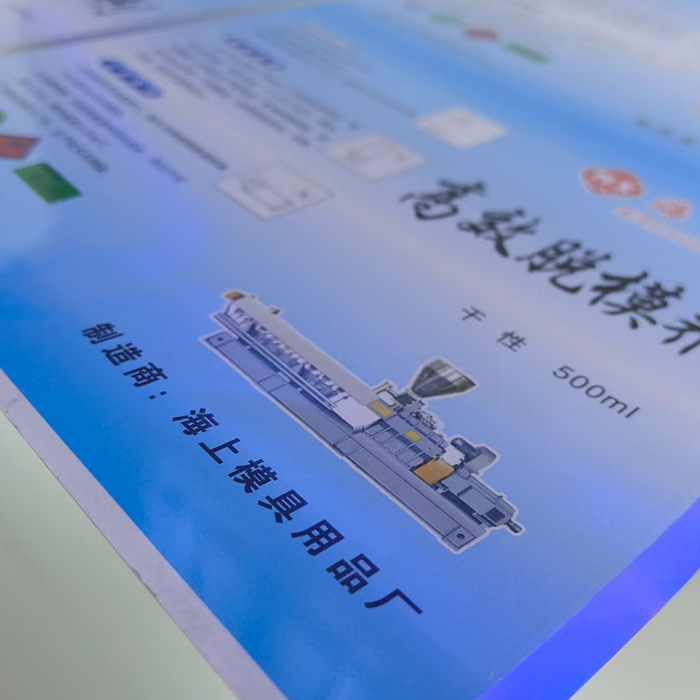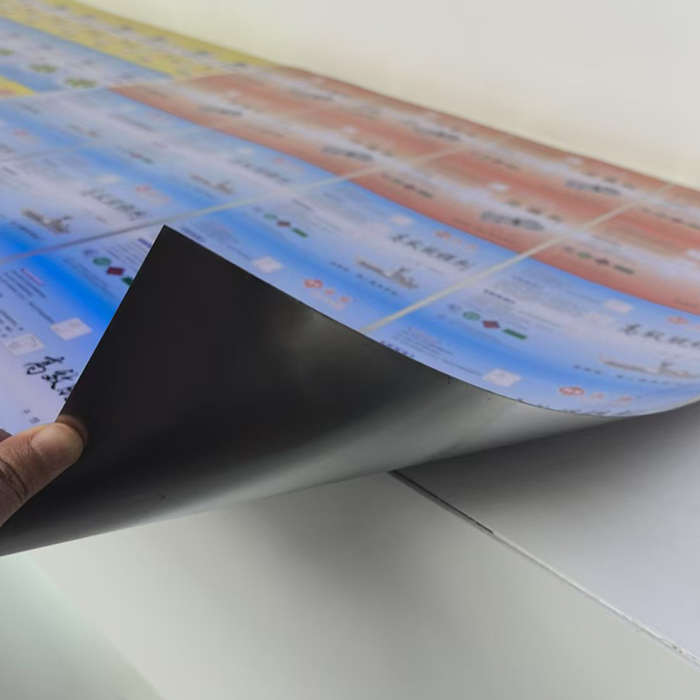
Steel plate for tinplate printing
Characteristics of tinplate printing
· Printing material: Tinplate (tin plated steel plate) has the characteristics of corrosion resistance, high strength, and easy molding, suitable for long-term storage of contents.
· Printing process: Special offset printing or UV printing techniques are required, as the surface of the tinplate is non absorbent and the ink needs to be cured by baking.
· Durability requirements: High temperature resistance (such as sterilization of food cans), wear resistance, and chemical corrosion resistance (such as acidic beverages) are required after printing.
Printing process flow
Surface Treatment
· Clean the surface of the tinplate and remove oil stains.
· Apply primer to enhance ink adhesion.
· Mostly using four-color (CMYK) or spot color offset printing, some require multiple overprints.
· Use high temperature resistant and non-toxic ink (such as epoxy resin based ink).
Bake
· Cure the ink through a high-temperature drying oven (120-180 ℃).
Polish (cover with gloss oil)
· Apply protective varnish to enhance glossiness and wear resistance.
Forming processing
· After printing, the tinplate is made into cans, lids, etc. through processes such as stamping and curling.







